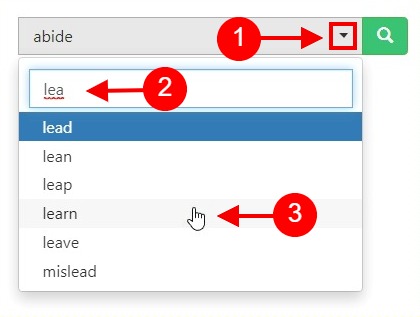前回は不規則動詞 tell
*この形式は廃止されたり、特殊なケースや、いくつかの方言で使用します
関連不規則動詞:
不定詞
過去形
過去分詞
foretell
[fɔːˈtel]
foretold
foretelled
[fɔːˈtold]
[fɔːˈtəʊld]
[fɔːˈtəʊld]
foretold
foretelled
[fɔːˈtold]
[fɔːˈtəʊld]
[fɔːˈtəʊld]
